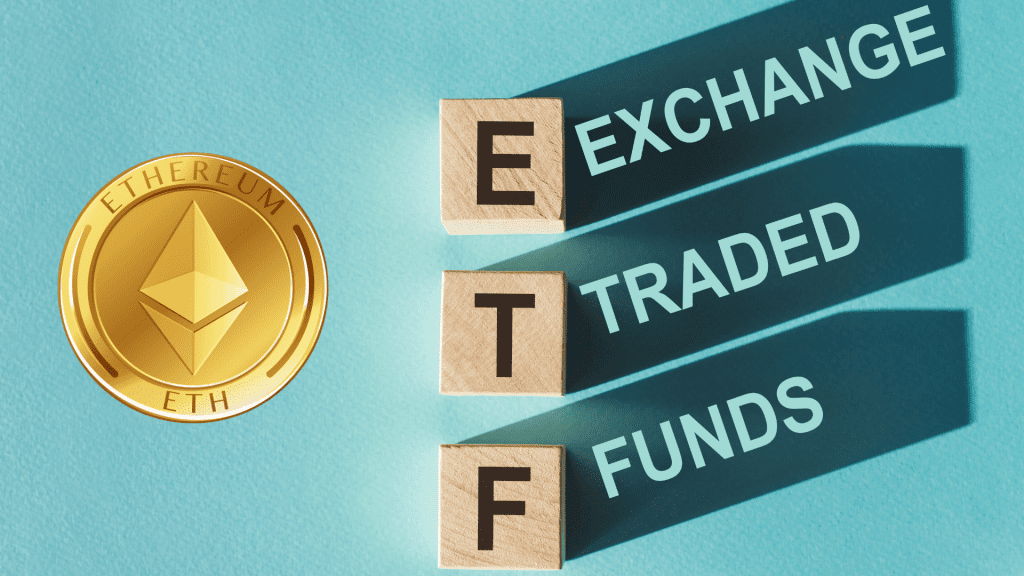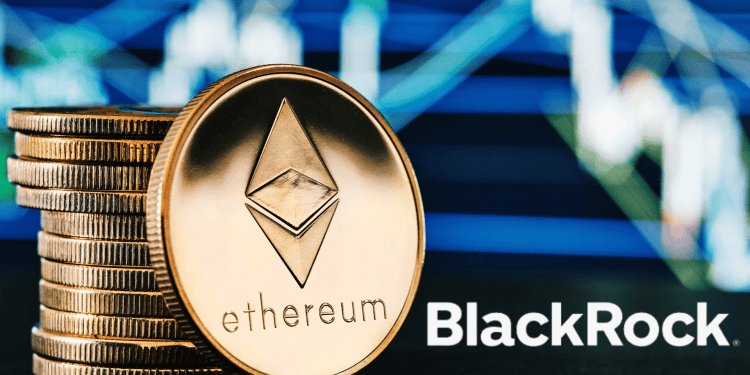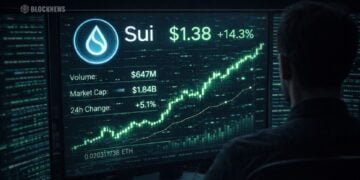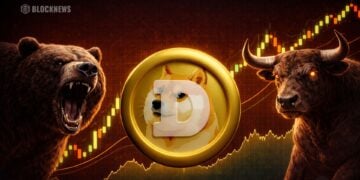- BlackRock, the world’s largest asset manager, has filed for a spot Ethereum exchange-traded fund (ETF) with the SEC, demonstrating growing institutional interest in crypto.
- The filing aims to reflect the performance of the price of Ether. Coinbase will serve as the custodian. Approval requires the SEC’s Trading and Markets division and Corporate Finance division to sign off.
- Many institutions filed for crypto spot ETFs in the last bull cycle but faced rejection. Approval chances are now higher as the market recovers from the bear market.
BlackRock, the world’s largest asset manager, has filed for a spot Ethereum exchange-traded fund (ETF) with the United States Securities and Exchange Commission (SEC). This comes after the company filed for a spot Bitcoin ETF six months ago, demonstrating growing institutional interest in the crypto market.
Details of the Filing
On November 15, BlackRock filed a Form S-1 for an ETF called the iShares Ethereum Trust. The filing states that the ETF aims to reflect the performance of the price of Ether. The iShares brand is associated with BlackRock’s ETF products, including its Bitcoin ETF called the iShares Bitcoin Trust. Coinbase will serve as the custodian for the underlying ETH.
BlackRock registered the iShares Ethereum Trust with Delaware’s Division of Corporations a week prior to filing the S-1.

The Two-Step Approval Process
Filing for a spot ETF requires approval from two SEC divisions. The issuer must get approval from the Trading and Markets division on its 19b-4 filing and the Corporate Finance division on its S-1 filing.
The Rush for Spot Ethereum ETFs
The spot Ethereum ETF rush began in early November when the SEC acknowledged Grayscale’s application to convert its Ethereum trust into an ETF. Many institutions filed for crypto spot ETFs in the last bull cycle but faced rejection from the SEC.
Market analysts predict approval chances for a Bitcoin spot ETF are 90% by early 2024. Approval for a spot ETH ETF may come later.
Institutional interest in spot crypto ETFs rises as the market recovers from the last bear market.














